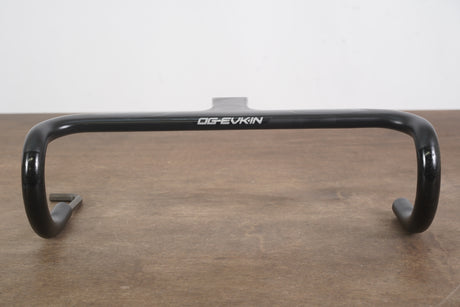If you’ve been eyeing a bike with Shimano’s electronic shifting, you might wonder: what are the disadvantages of Di2? While it delivers smooth, precise gear changes, there are a few trade-offs you should consider before making the investment.
Battery Dependency
Unlike mechanical systems, Di2 depends on a rechargeable battery. If you forget to charge it, your ride can end with a drivetrain stuck in one gear. Although the battery lasts for thousands of shifts, riders must stay on top of charging schedules.
Higher Cost
One of the most obvious downsides is price. Di2 components cost significantly more than their mechanical counterparts. This makes the initial purchase, as well as replacement parts, a bigger financial commitment.
Complex Maintenance
While Di2 eliminates cable stretching, it introduces more complex troubleshooting. If something goes wrong, fixes often require software diagnostics, firmware updates, or professional servicing—tasks most riders can’t handle at home.
Weight Factor
Although marginal, Di2 systems add extra grams compared to top-level mechanical drivetrains. For competitive climbers, every gram matters, and this slight increase may influence bike choice.
Compatibility and Upgrades
Di2 isn’t always plug-and-play. Compatibility varies across groupsets and generations, meaning upgrades can get complicated. Switching frames, handlebars, or junction boxes may require additional investment.
FAQs
1. Does Di2 fail often?
No. Di2 is generally very reliable, but when issues happen, they usually require technical support rather than quick at-home fixes.
2. How long does a Di2 battery last?
On average, a fully charged battery lasts several hundred miles, often weeks or months of riding. Still, riders must stay disciplined about recharging.
3. Is Di2 worth it despite the disadvantages?
For riders who value precision, speed, and modern performance, yes. But if budget, simplicity, or self-service maintenance are priorities, a mechanical groupset may be a better fit.






